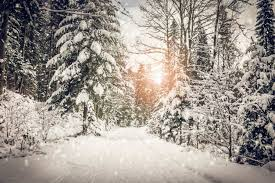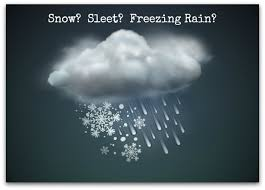When it comes to our daily weather it seems that people can become fixated on whether it is going to snow or rain or whether we are going to have a period of unseasonably high temperatures. There have been many studies undertaken about this natural phenomenon and we are lucky that we have developed in such a way that we can build shelters and adapt our internal environment temperatures to suit our needs. A simple call to a Cheltenham Boiler installation company such as http://www.combi-man.com/ will see you sorted with a nice new boiler to keep you and your family nice and warm whilst the snow is falling outside.

If you are interested there are some incredible facts about snowy weather below that you might want to take a look through.
Snow doesn’t just appear predominantly in the Northern Hemisphere, it is a weather pattern that can occur anywhere from Iceland right through to the tropical environment of Hawaii and even the Sahara Desert. If the conditions are right then snow can fall anywhere across our globe and even the driest place on Earth – the Atacama Desert which can be found in Chile has in 2011 received a total on 32 inches of snow. This was all due to a cold front that blew in from Antarctica.
Snowflakes fall at around 1 to 6 feet each second which is why some snow storms appear to have a lot of force behind them whilst others see the snow drifting down at a slower rate. This will depend very much on the size and make up of the snowflake with those with a rounder and more ice like quality falling quicker. Snowflakes also vary dramatically in size and shape.

As well as snow, cold weather and winds can produce sleet and freezing rain. These are both produced by rain falling from the warm air layers in the sky passing through a layer of colder air. Depending on the size of these layers the result will either be sleet or freezing rain. Sleet is created when the rain falls through a thick layer of cold air and freezing rain is produced when it falls through a thinner layer of cold air. This is all due to the fact that the thicker layers slow down the rainfall long enough for it to freeze, whereas thinner layers allow for the rain to pass through quickly meaning it does not have a lot of tie to fully freeze.